How to Build Your Own Website: Step-by-Step DIY Guide
Are you ready to take the first step and build your own website? This guide is here to help you navigate the process. Building a website doesn’t have to be complicated. In this guide, you’ll learn how to build your own website step by step, even if you have little technical experience. By following these simple instructions, you can create a site that looks good, works well on phones and computers, and helps you reach your goals online.
Define Your Goals Before You Build Your Own Website
Before you start, think about why you want a website and who will visit it. Are you trying to sell products, show off your work, or collect email addresses? Knowing your main goal helps you make better choices as you build your own website. Picture your ideal visitor. What problems do they have? What information do they need? When you build a site with your audience in mind, you’ll create something they find helpful and easy to use.
Choose the Perfect Domain Name and Hosting for Your DIY Website
Your domain name is your address on the internet. Pick something short, memorable, and easy to spell. If you can, include a keyword that matches your business. After you choose a domain, you need a home for your site. That’s called hosting. Beginners often start with shared hosting because it’s cheap and simple. If you want more speed and security later, you can move to managed hosting. When you build your own website, investing in good hosting makes a big difference in how fast your pages load and how reliable your site is.
Best Platforms to Build Your Own Website (WordPress, Shopify & More)
There are many ways to build a website. If you want total control and room to grow, WordPress is a popular choice. It has thousands of themes and plugins that let you add features without coding. If you prefer an all-in-one service, tools like Wix or Squarespace let you drag and drop elements on the page. For online stores, Shopify gives you built-in shopping carts and payment options. If you’re comfortable with code, static site generators like Gatsby or Hugo can make very fast sites. This DIY website builder guide helps you pick the tool that fits your needs and skill level. For a deeper dive into the HTML, CSS, and JavaScript fundamentals behind every website builder, check out MDN’s Getting Started with the Web.
Design Tips to Build a User-Friendly DIY Website
A good design helps people find what they need and take action. Start by choosing a layout that works well on both desktop and mobile devices. Keep your menus simple so visitors can click through without getting lost. Use clear headings and buttons that stand out, so people know where to click to buy, sign up, or contact you. Simple images and clean fonts make your site feel professional. When you learn how to build your own website with user-friendly design, you keep visitors engaged and increase your chances of success.
SEO Essentials When You Build Your Own Website
Your words and images tell people what you do and why they should care. Write clear, friendly text that explains your services or products. In your headlines and first paragraphs, use terms your audience searches for—phrases like “build your own website” or “learn how to build your own website.” Repeat those keywords naturally four or five times throughout your page. Add a few helpful tips or examples to show your expertise. Always give each image a short description that includes a keyword. By following this SEO approach, you help search engines understand your content and bring more visitors to your site.
Test, Launch, and Promote Your DIY Website Successfully
Before you launch, click every link and fill out every form to make sure they work correctly. Check your site on different browsers like Chrome, Safari, and Firefox, and test on a phone or tablet. Use a free tool like Google PageSpeed Insights to find ways to speed up your pages. When everything looks good, hit “Publish.” Then tell your audience about your new site. Send an email to your contacts, post on social media, and ask friends to share. If you have a small budget, consider a low-cost ad campaign to boost your first wave of traffic.
Maintain and Improve Your Website Over Time
Building your site is only the beginning. Keep your software up to date so your site stays secure. Back up your files every week in case something goes wrong. Write new blog posts or case studies every month to keep your content fresh. Pay attention to which pages get the most views and which ones need work. Try small changes—like a new button color or headline—to see if you can improve your results. When you create your own website and treat it as a living project, you’ll see steady growth and better performance over time.
Should you build your own website?
You now have a clear, simple path to learn how to build your own website. From setting goals and choosing a domain, to designing, writing content, and maintaining your site, each step brings you closer to a site you can be proud of. Whether you follow this DIY website builder guide on your own or work with experts, you’re ready to create your own website that attracts visitors, keeps them engaged, and helps you reach your online goals.

